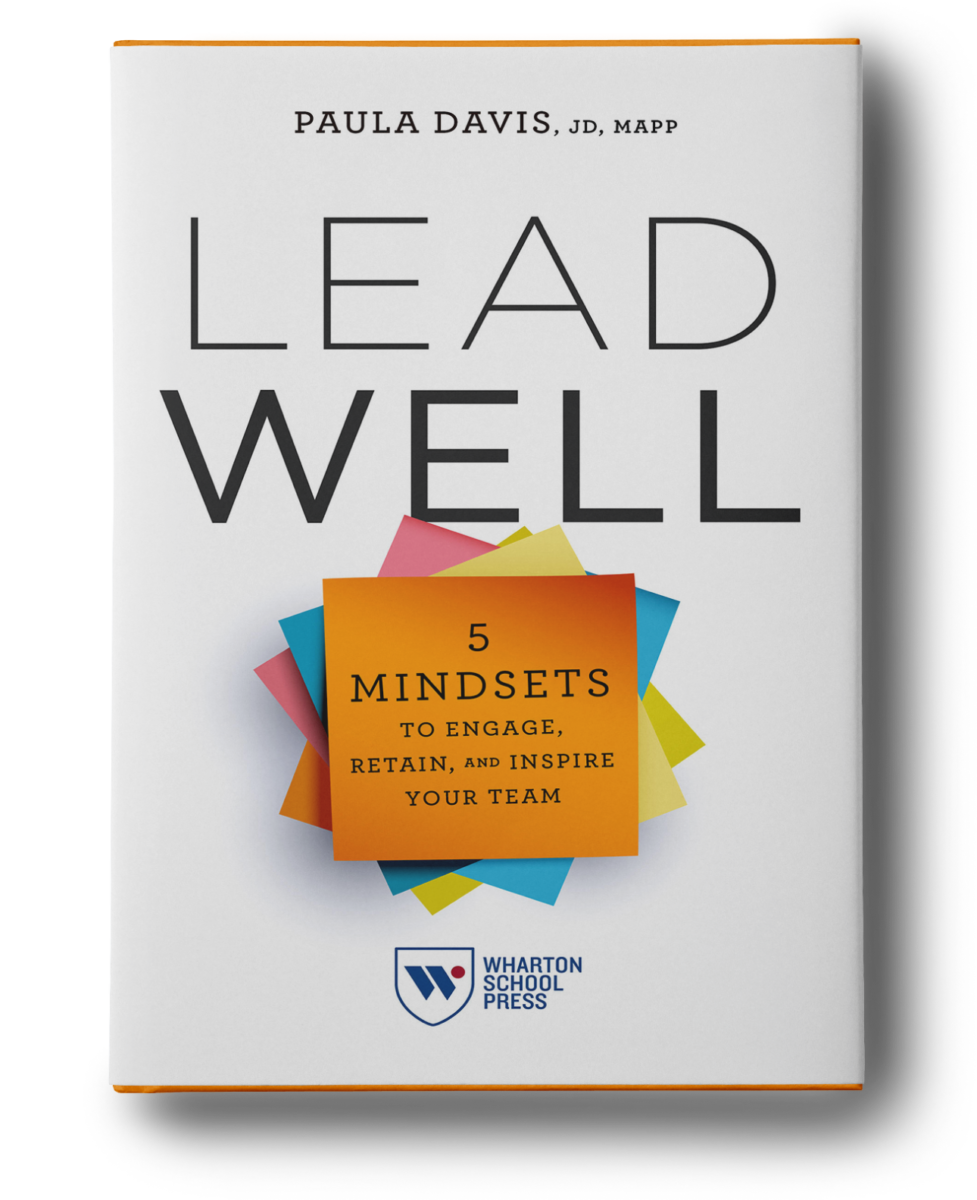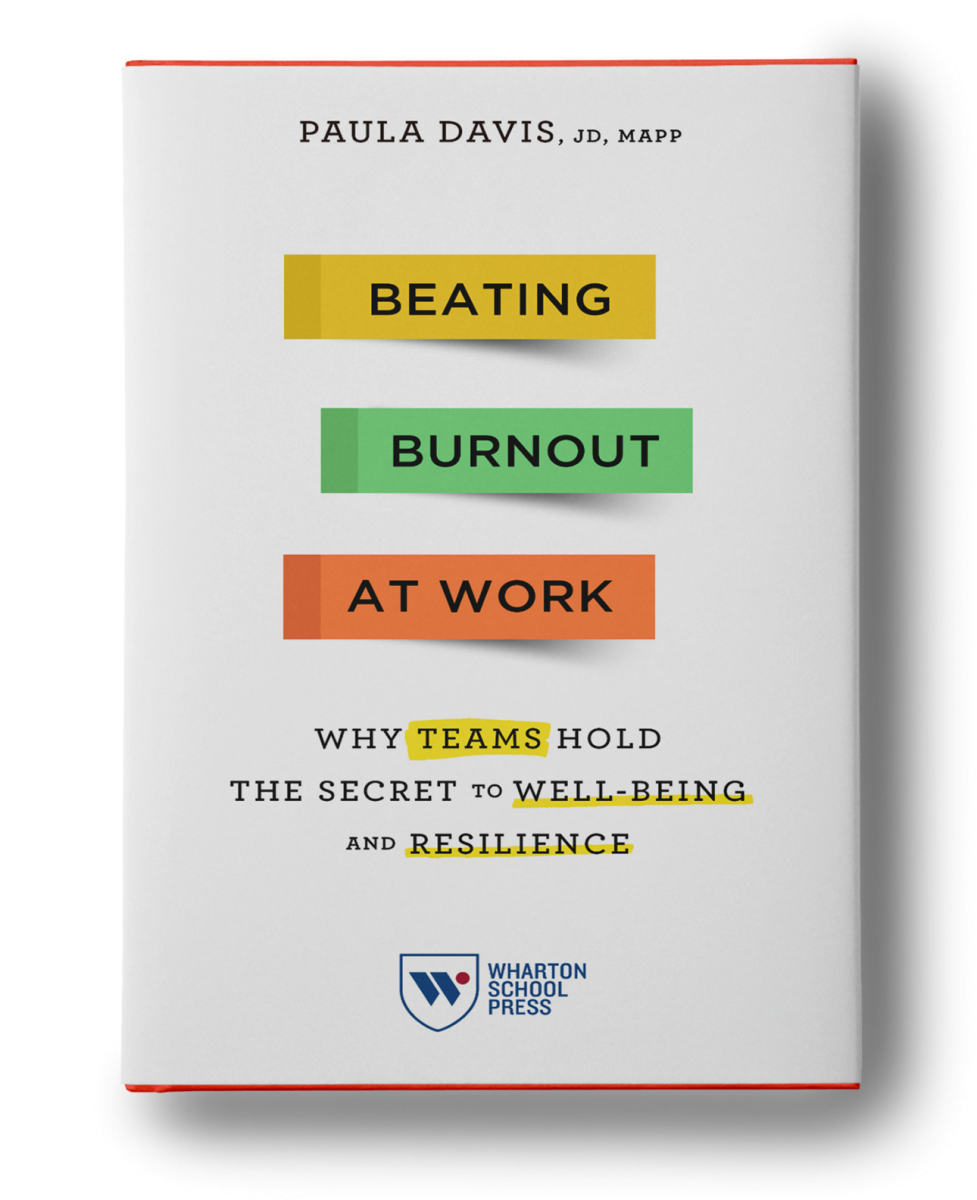How is your well-being at work? Heavy workloads, stressful jobs, and long work hours continue to leave employees at all levels feeling exhausted. In fact, Deloitte’s 2023 Workplace Well-Being Report found that 60% of employees, 64% of managers, and 75% of the C-suite are seriously considering quitting their jobs for one that would better support their well-being.
But does that mean employees are burned out? Not so fast. The term burnout tends to be oversimplified as an individual failing of stress management and used interchangeably with exhaustion or overwhelm; however, burnout consists of more than just exhaustion. Burnout exists on a continuum that consists of these three dimensions:
- Chronic exhaustion (feeling physically and emotionally drained, tired, overwhelmed, and overloaded more often than not); and
- Chronic cynicism (people in your work world bother you and annoy you, and you may start to distance yourself from your colleagues and clients ignoring the qualities that make them unique and engaging, and the result is less empathy); and
- Inefficacy (the “why bother, who cares” mentality that appears as you struggle to identify important work resources and begin to feel ineffective at work).
This means that you can be exhausted only, feeling cynical or frustrated only, or feeling disconnected or disengaged from your work only; or, any number of other combinations. That’s important because the measurement of burnout also tends to be oversimplified. Drs. Christina Maslach and Michael Leiter, pioneers in burnout research and two of the developers of the Maslach Burnout Inventory, an empirically validated assessment tool that measures all three of the burnout components above, have issued updated guidance about what constitutes a “burnout profile.”
According to their research, to earn the label “burnout,” a person must experience high exhaustion, and high cynicism, and low professional efficacy. Based on their work, only about 20% of workers fit this profile. While I think that number is low, surveys that simply ask people, “Do you feel burned out?” are likely over-inflating burnout rates since most people equate burnout with exhaustion and therefore respond yes to such a question because they feel overwhelmed, stressed, or tired. As an example, the Wellbeing Lab in Australia found that 63.6% of Australian workers reported feeling burned out, but that level dropped to 21.2% when measured against the three dimensions above.
If you’re feeling exhausted, but not yet burned out, here are some ideas to help:
List your job demands & resources. Make a list of your job demands and job resources. Burnout is more likely to happen when you have too many job demands (aspects of your work that are consistently energy draining) and too few job resources (aspects of your work that are consistently energy giving). The two columns don’t have to be equal, but you do need enough energy-giving aspects of your work to mitigate the stress of the demands. What additional resources do you need?
Intentional prioritization. A real estate developer client of mine used to prioritize his legal work for me using the terms, “nuclear,” “super nuclear,” and “catastrophic.” It still makes me laugh because it all sounds urgent and never gave me any clear guidance. This is a prioritization exercise I learned from the Luma Institute, and here are the steps:
- Make a list of all of the projects, matters, and items you need to prioritize. Put one project, matter, or item on a sticky note until you have them all listed (one project per sticky note)
- Grab a large piece of paper and make a quad chart (four boxes – a 2×2 matrix)
- Label the horizontal axis “Importance” and label the vertical axis “Difficulty”
- Plot items horizontally by importance and plot items vertically by difficulty
- Look for related groupings and set priorities
Target the items in the lower right quadrant first because they are highly important and can be accomplished with relative ease.
Know your narratives. Your “narratives” are your core values and beliefs about the way you think the world should operate. Not labeling these narratives can frustrate your ability to manage stress and prioritize your well-being. Here are some examples of common narratives I hear among busy professionals:
- I must have all the answers
- If I can’t do something perfectly, then I shouldn’t do it at all
- Failure is a sign of weakness
- Strong people don’t ask for help
- Taking a break is a sign of laziness (this is one of my own)
- In order to be at the top of my game, I must always/never ___________
Narratives become rules you live by (often times subconsciously) and are usually too inflexible to help you perform in an optimal way. First, identify your narratives and rules. Second, evaluate them. Ask, is this narrative getting me closer to or further away from the goals I want to achieve? How could I reshape the rule to make it a little more flexible? This is deep self-awareness work, but researcher Nick Petrie and his colleagues have discovered that it’s one of the best ways to prevent burnout (and a necessary step to get out of it).
Give yourself a break. Just like remembering your small wins can increase motivation, overthinking small setbacks can kill it. Self-compassion is the art and science of giving yourself a break, and it can help prevent burnout. When you experience a setback, this framework will save you some much needed energy:
- When you feel stressed, take a moment to describe the emotions you’re feeling. Do you feel self-critical, and if so, what do you say to yourself? Evaluating the emotions (which isn’t always easy) helps you better understand what you’re feeling before you rush to escape.
- Normalize the setback. You’re not the only person who has forgotten a key piece of information in a presentation or been frustrated with a colleague. Setbacks happen to everyone, but it’s tempting to think you’re the only one.
- What would you say to a friend who experienced the same setback? We beat ourselves up tremendously when we fail, but would you be just as harsh if your friend approached you with the same set of circumstances?
Burnout rates are currently at the same level as their peak during the pandemic. I have spent the past several years working with teams and leaders around the globe to both educate and help solve for this problem. Last year was my first year running my business and traveling for a full slate of programs as a single mom, a variable I highly underestimated. By December, I wondered ironically, “Am I burned out?” Once I asked myself about all three burnout factors, I quickly realized that I was simply exhausted. Not every experience of stress, even chronic stress, is burnout. Correctly identifying how you experience workplace stress is the first step toward feeling better.
For more information and support go to our On-Demand Resource Center.







